Apple Mac 30th anniversary: Tracking the Mac through time
We take a look at the evolution of the Mac, the product that catapulted Apple into the spotlight.
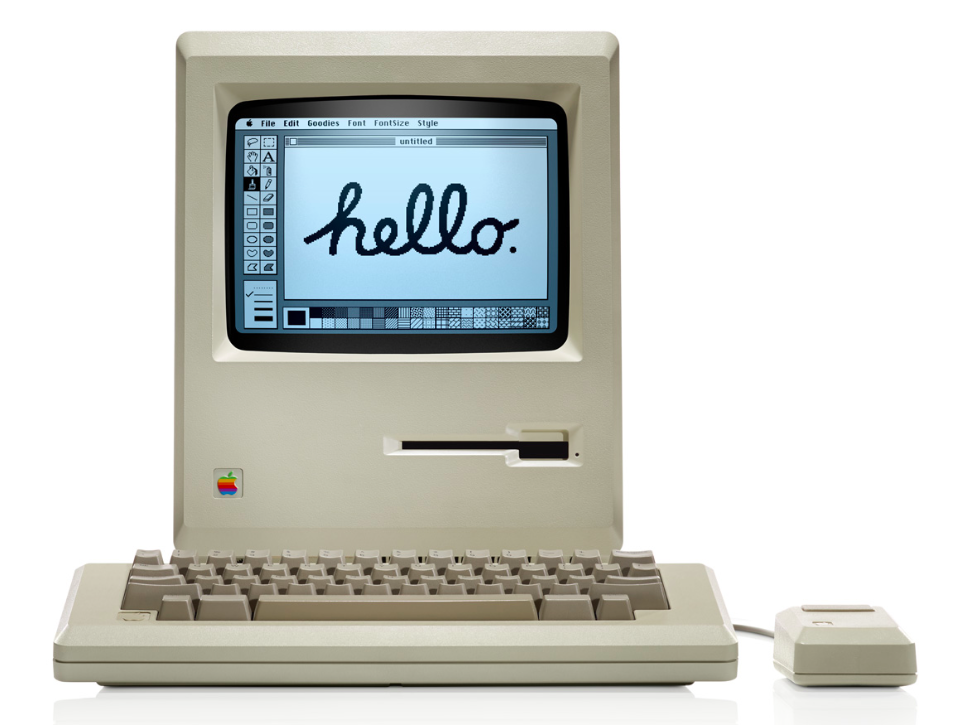
Today marks the 30th anniversary of the original Macintosh - a seminal device in the world of computing, which helped to push the industry forward and heralded a loyal fan base.
The first generation device ran Mac OS 1.0 on a 9in monitor and was powered by an 8MHz processor with 128KB of RAM. There were two serial ports, space for a 3.5in Floppy drive and a handle on top.
As Apple describes in a tribute on its website: "It was designed to be so easy to use that people could actually use it."
A range of products have spawned from this initial creation. We take a look at the evolution the first fruit-themed computer has gone through over the last three decades.
1984 - The original Macintosh Apple's first effort at a personal computer was aimed at making computing easy, greeting users with a smiley face.
"At the time, most people didn't even know how to use [a PC]. But thanks to the simple graphical interface of the Macintosh, they didn't have to," Apple noted in a tribute.
The $2495 Macintosh was introduced to the world via Ridley Scott's famous "1984" commercial, which debuted at the Super Bowl and is still one of the world's most talked about adverts.
Get the ITPro daily newsletter
Sign up today and you will receive a free copy of our Future Focus 2025 report - the leading guidance on AI, cybersecurity and other IT challenges as per 700+ senior executives
1985 - Macintosh XL Apple reworked an older machine, the Lisa, to run Mac OS on 1 MB of RAM beneath a 12in monochrome screen. It was the last computer Apple released before firing Steve Jobs.
1986 - Macintosh Plus The Macintosh Plus introduced the SCSI port, allowing the computer to use external printers and hard drives. It remained in production until 1990, making it the longest-produced Mac ever built.
1987 - Macintosh II The sequel to Apple's desktop PC arrived three years later, bringing support for colour displays. It was also the first personal computer that didn't need extra upgrades to display true colour photorealistic images.
1988 - Macintosh IIx The confusingly named Macintosh IIx was an incremental upgrade to the II with improved specs.
-
 Bigger salaries, more burnout: Is the CISO role in crisis?
Bigger salaries, more burnout: Is the CISO role in crisis?In-depth CISOs are more stressed than ever before – but why is this and what can be done?
By Kate O'Flaherty Published
-
 Cheap cyber crime kits can be bought on the dark web for less than $25
Cheap cyber crime kits can be bought on the dark web for less than $25News Research from NordVPN shows phishing kits are now widely available on the dark web and via messaging apps like Telegram, and are often selling for less than $25.
By Emma Woollacott Published
-
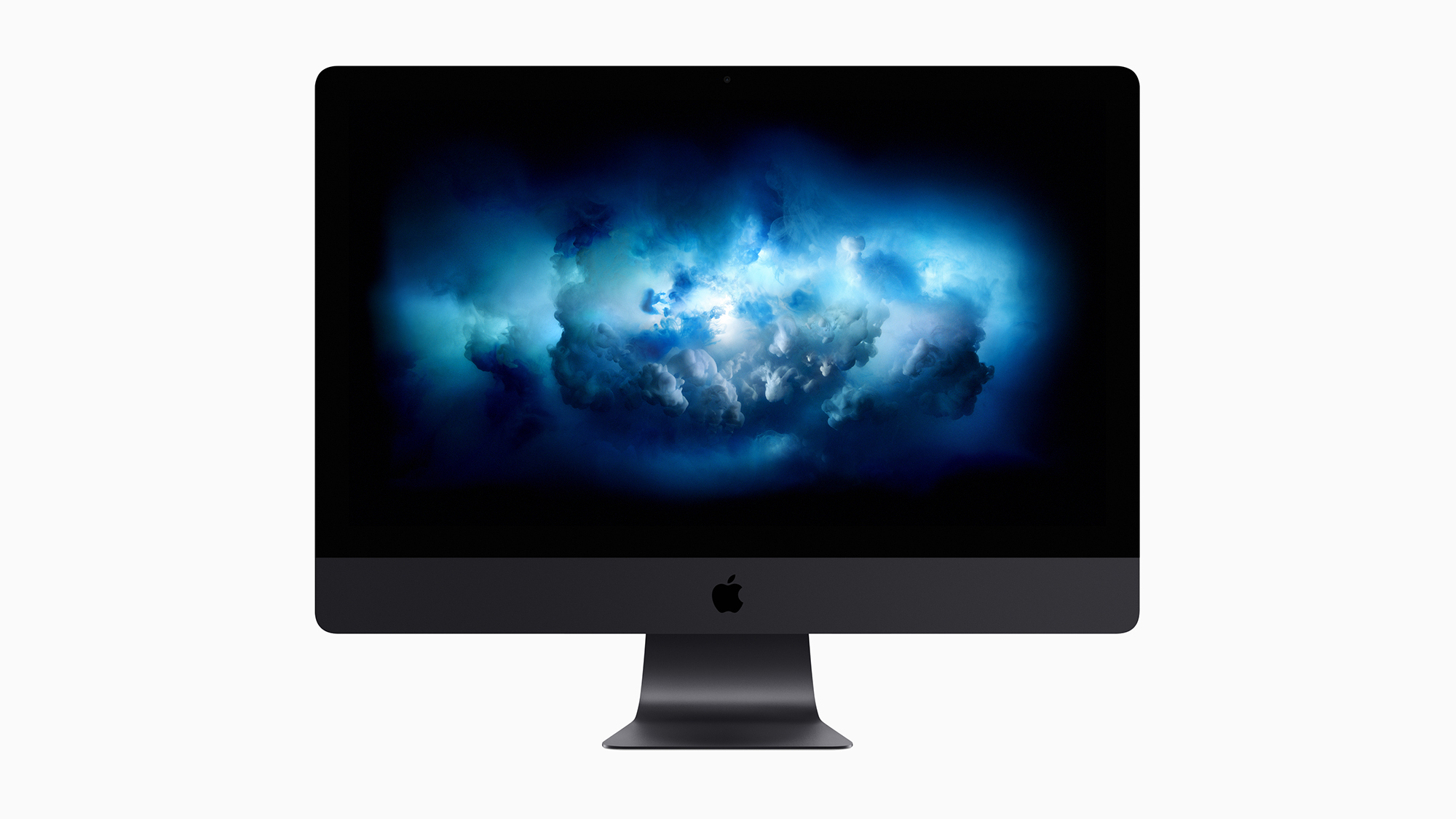 Apple discontinues the iMac Pro
Apple discontinues the iMac ProNews Desktop product shake-up paves the way for new Apple Silicon-powered machines
By Danny Bradbury Published
-
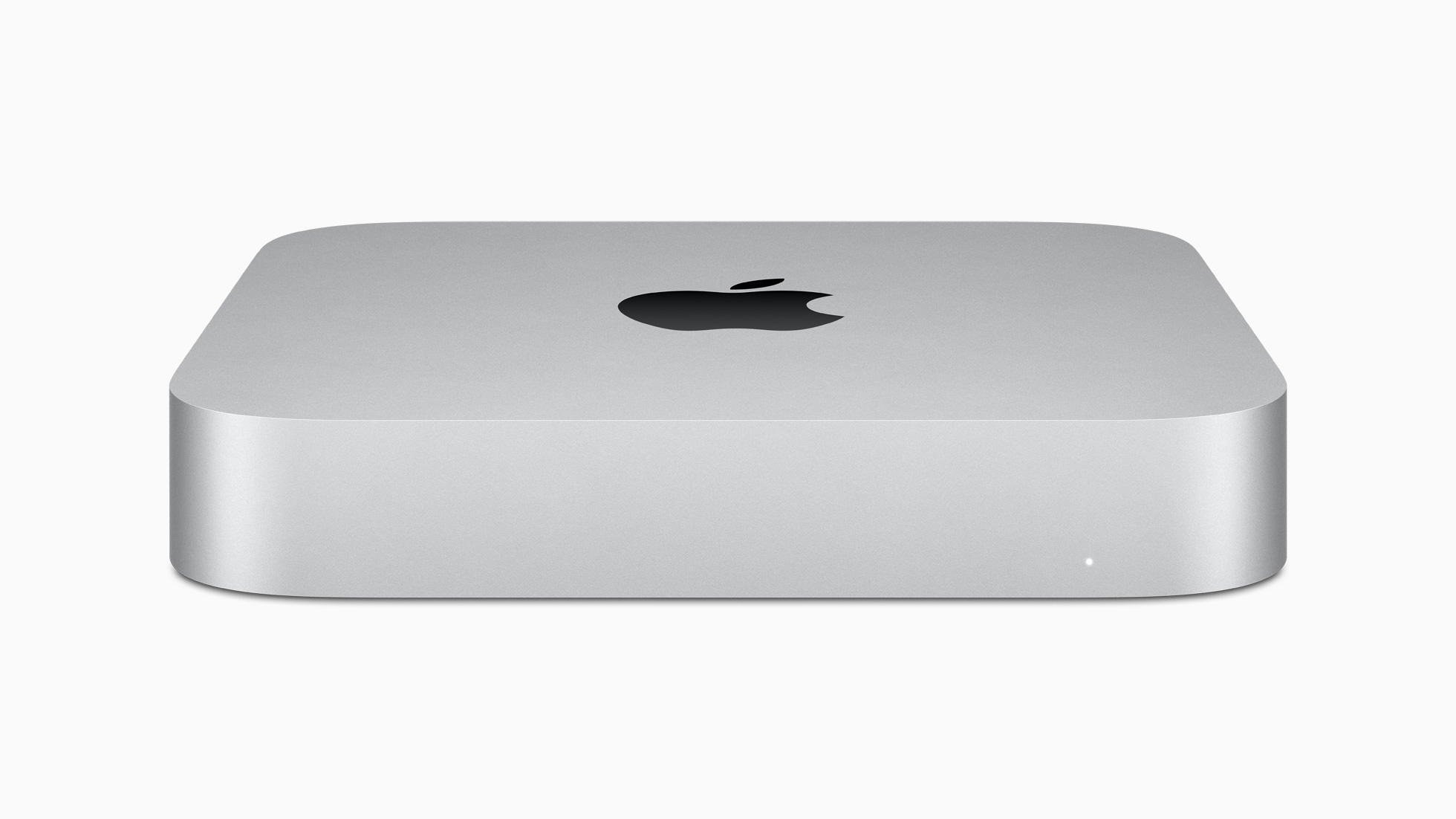 M1 Mac mini users suffering Bluetooth connectivity problems
M1 Mac mini users suffering Bluetooth connectivity problemsNews It’s unknown if the issue is in the new Apple silicon or the Big Sur OS
By Rene Millman Published
-
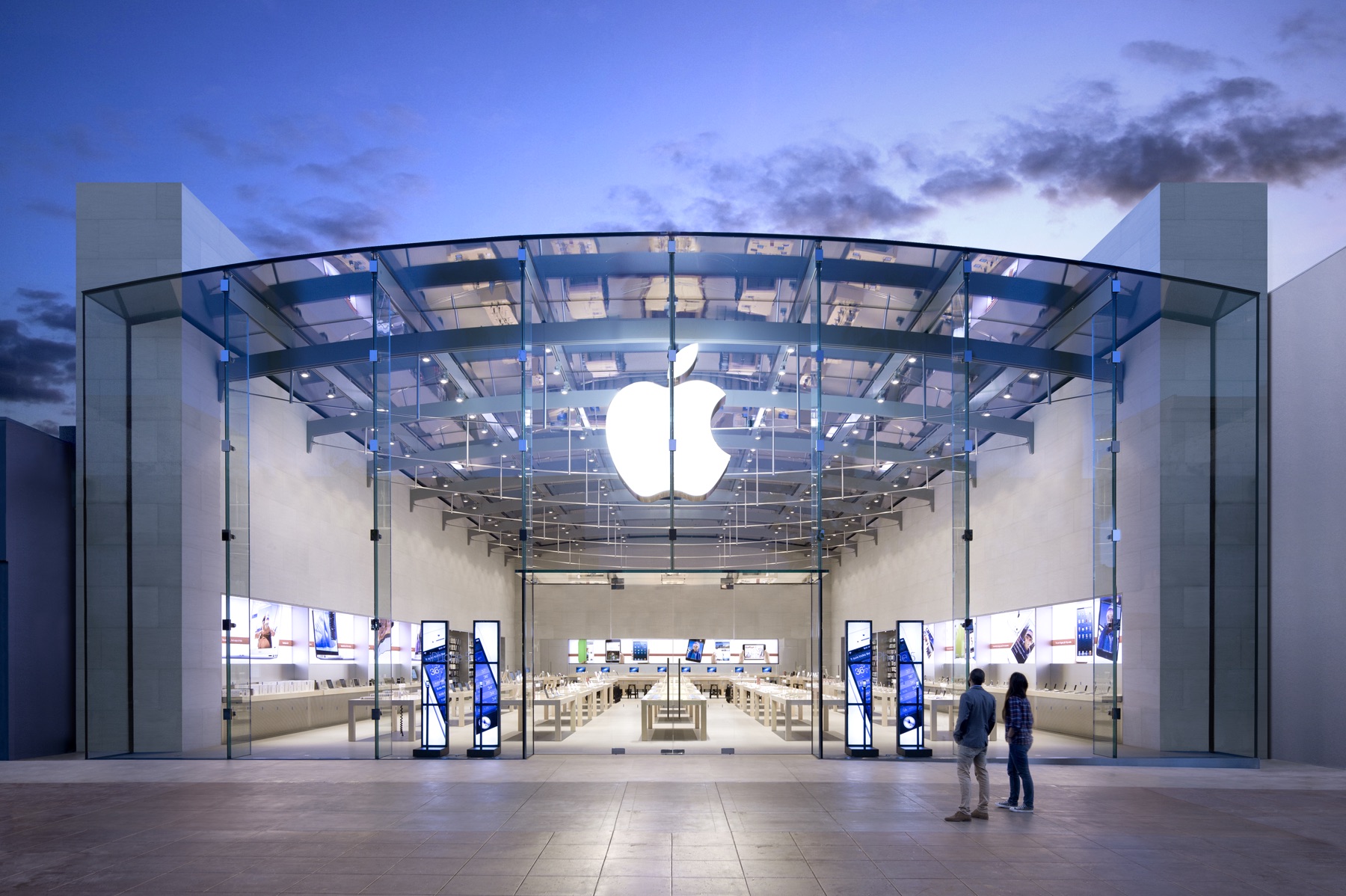 Apple starts accepting Mac trade-ins at retail stores
Apple starts accepting Mac trade-ins at retail storesNews Up until now, you could only trade in a used Mac online, which was unwieldy and time-consuming
By Mike Brassfield Published
-
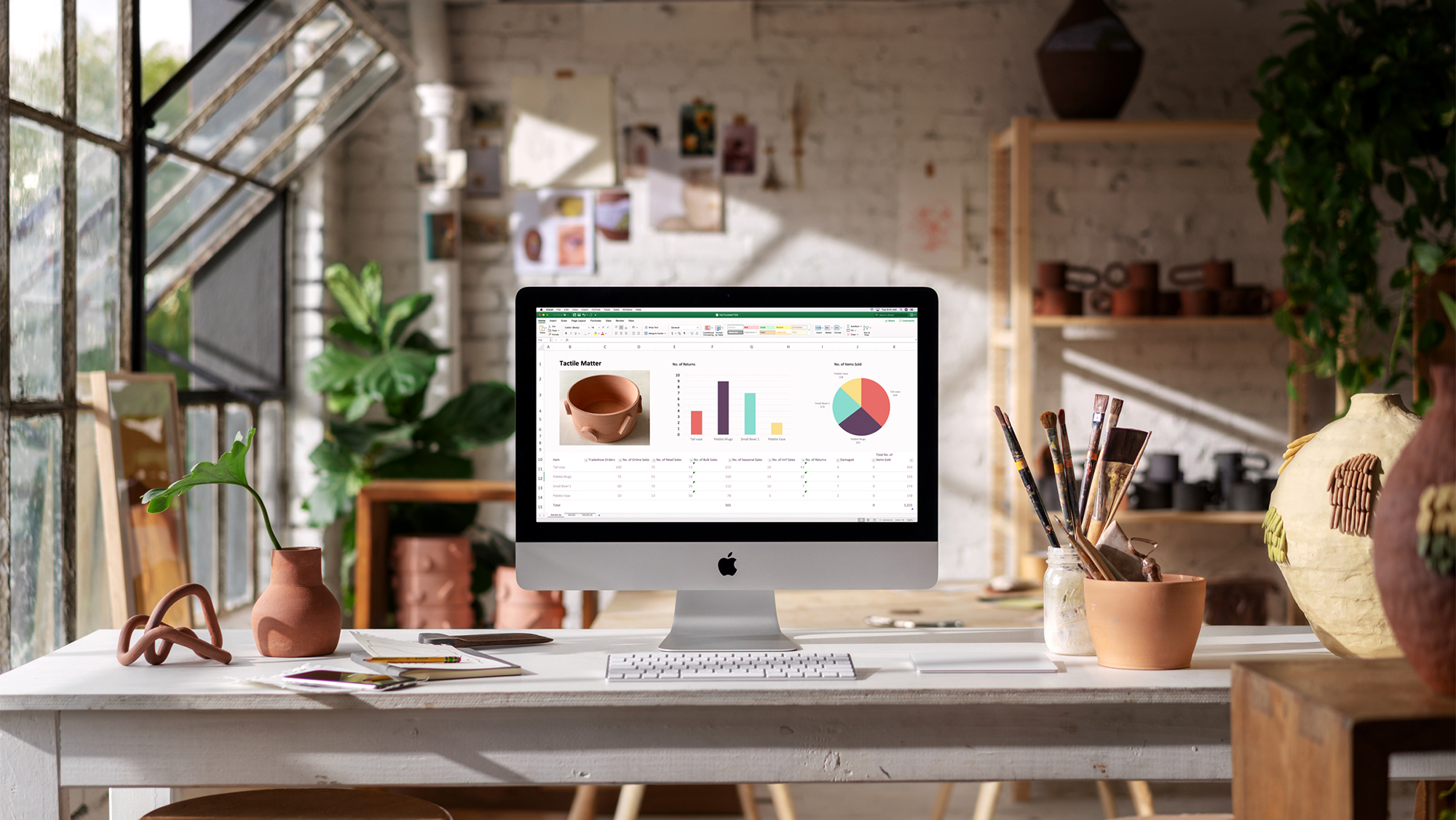 Apple launches surprise desktop iMac and iMac Pro upgrades
Apple launches surprise desktop iMac and iMac Pro upgradesNews New iMac models have up to 9th-gen Core i9 processors and Vega Pro graphics
By Adam Shepherd Published
-
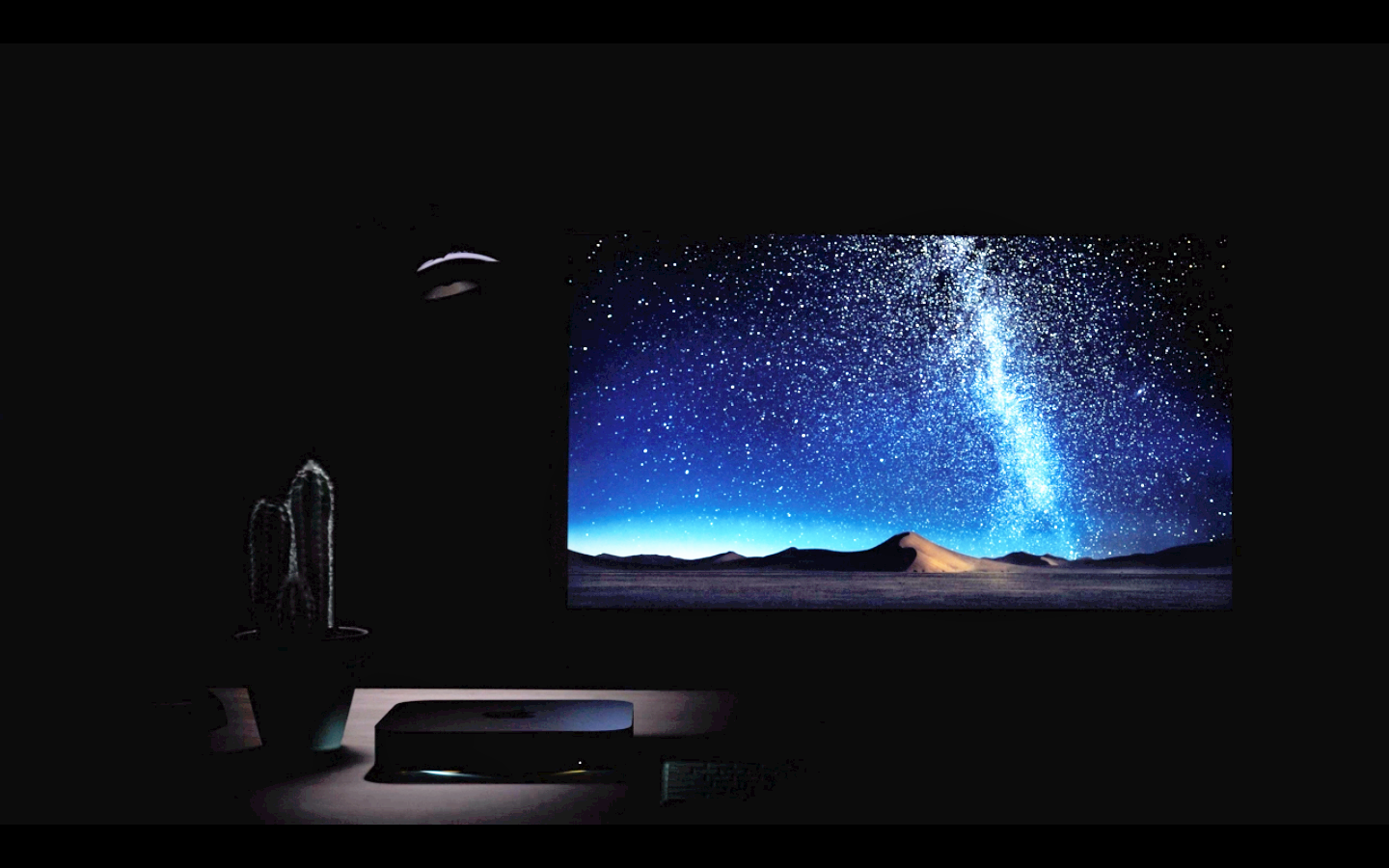 Apple unveils next-generation Mac mini
Apple unveils next-generation Mac miniNews Space grey device with five times the performance has been unveiled at special October event
By Keumars Afifi-Sabet Published
-
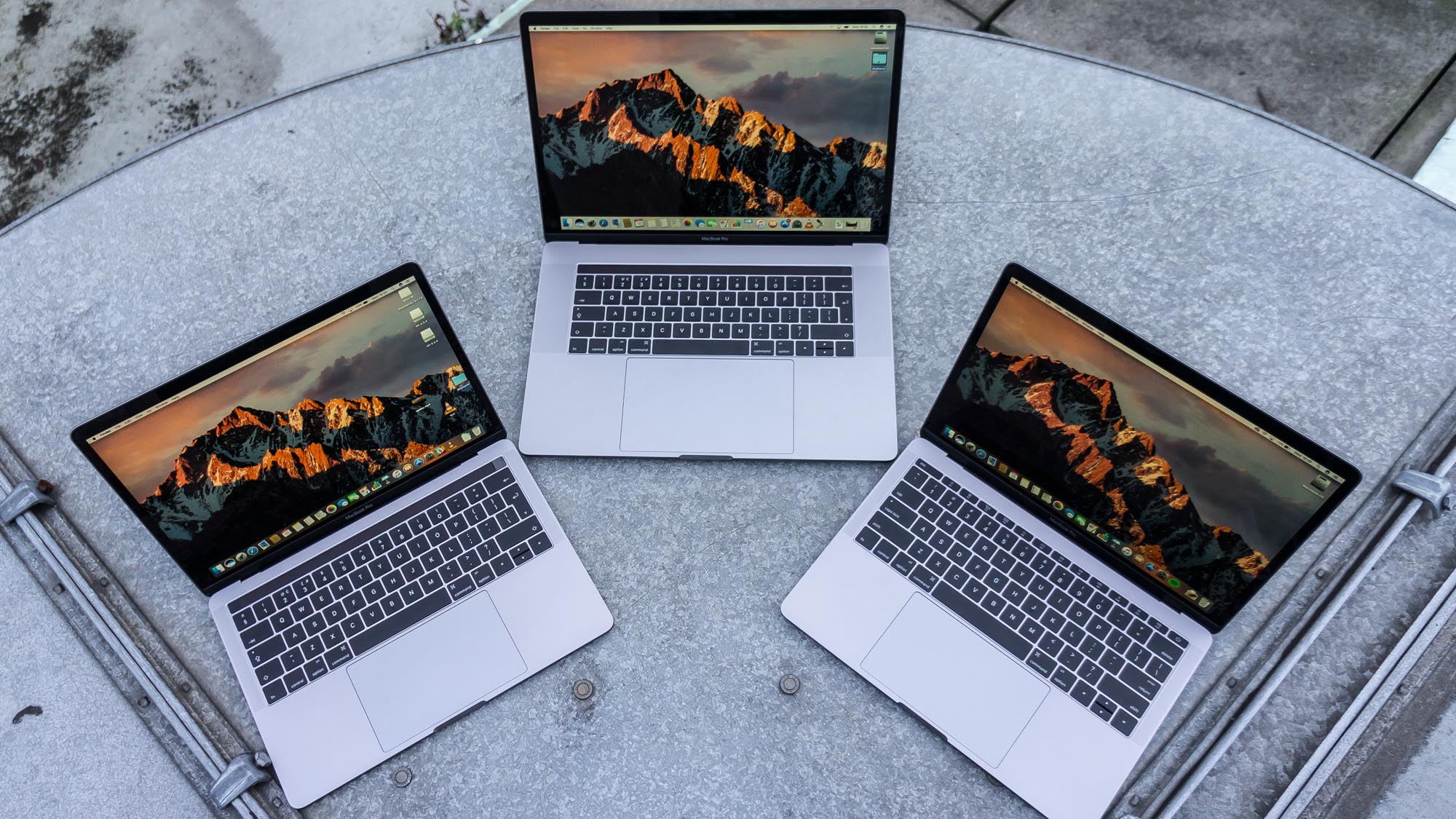 Thousands of Macs exposed to EFI boot-up bug
Thousands of Macs exposed to EFI boot-up bugNews Some relatively new Macs haven't had a pre-boot update since they were first put on the market
By Clare Hopping Published
-
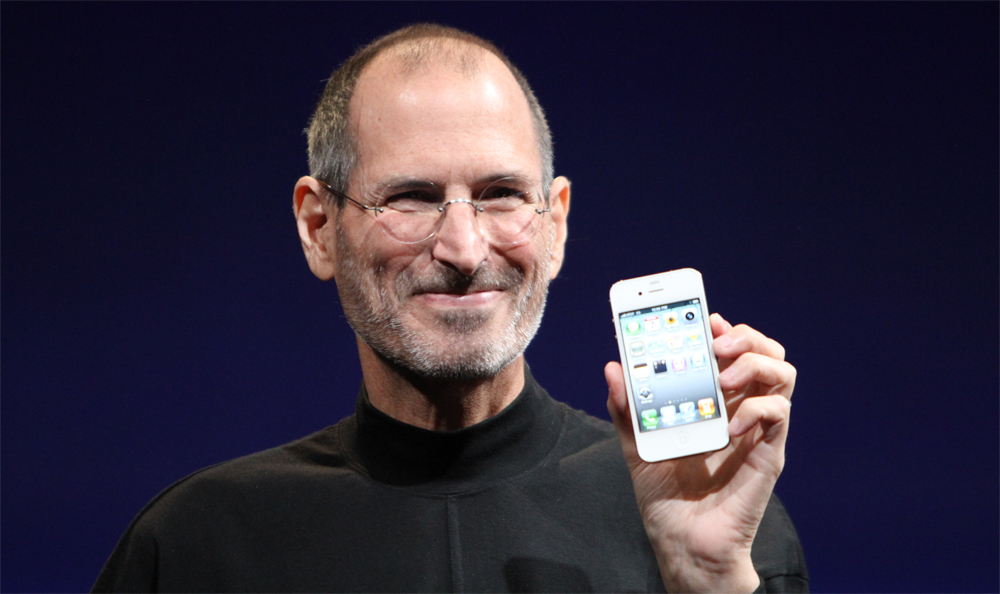 Meet the bonkers interface the iPhone almost used
Meet the bonkers interface the iPhone almost usedNews The original iPhone could have looked very different indeed
By Adam Shepherd Published
-
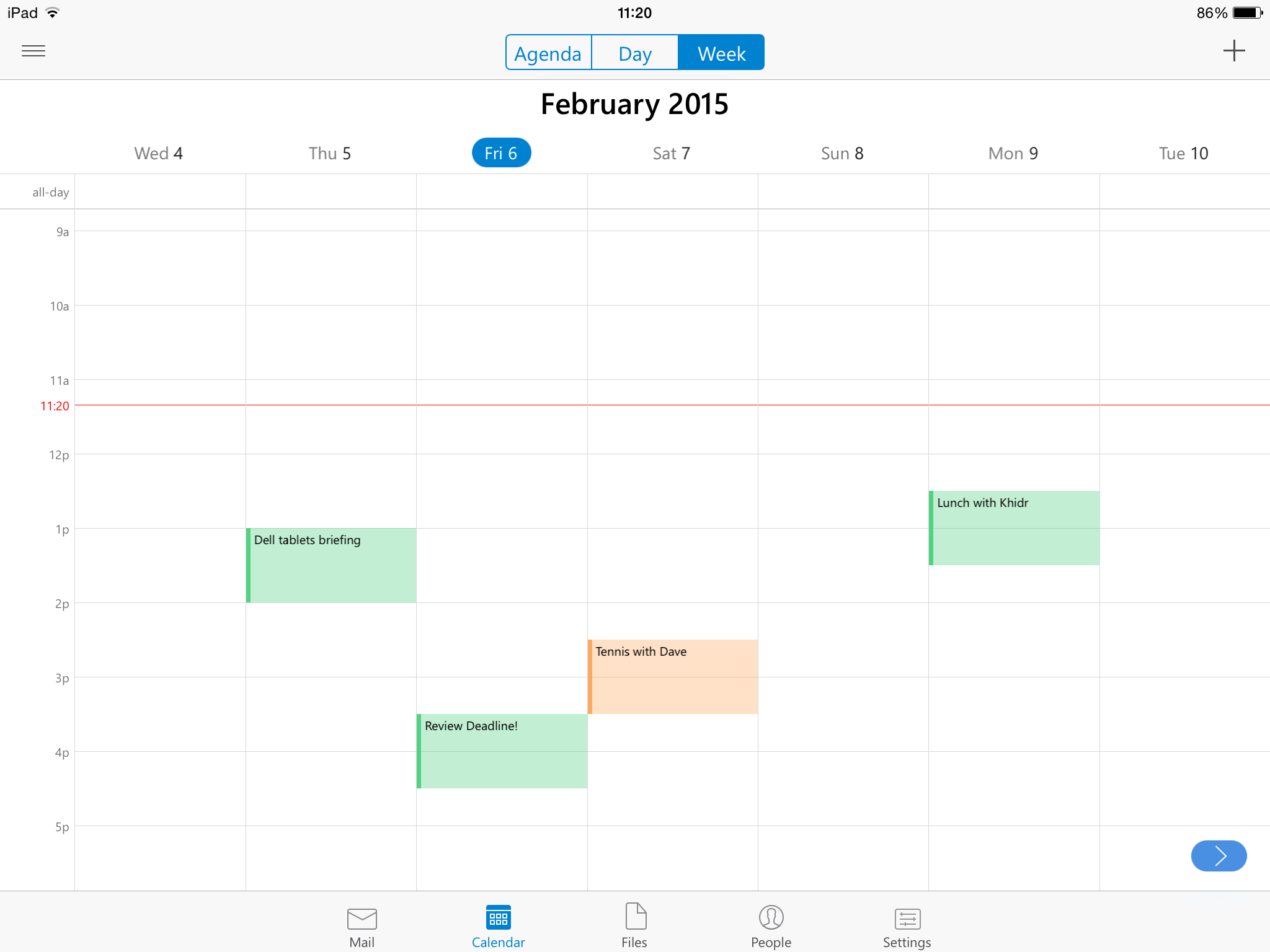 Apple fixes its spammy calendar with Report Junk feature
Apple fixes its spammy calendar with Report Junk featureNews The new option lets you block spam iCloud calendar invites
By Ingrid Fadelli Published